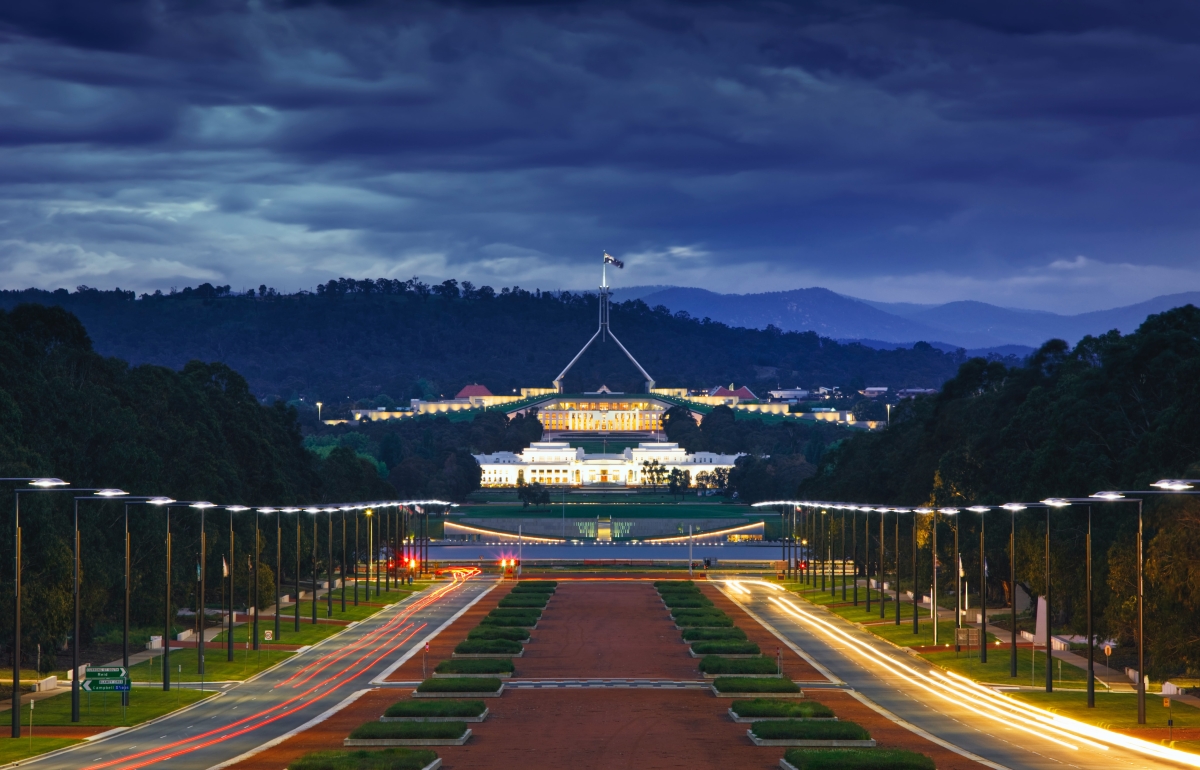The Case for Comprehensive Statecraft

By Asia Society Australia Chief Executive Officer, Anthony Bubalo
There had once been hope in the West that China’s adoption of free market principles would eventually see it become more like us. Today, to compete with China’s national power, it seems we need to become more like it.
Neoliberalism, we are told, is dead. Western governments are back trying to direct the national economy, making industry policy, “friend-shoring” supply chains, and building high fences to protect critical technology. All we need now is a five-year plan.
But jokes aside, there are good reasons why democratic states need to employ the type of comprehensive whole-of-nation statecraft that states such as China and Saudi Arabia have been utilising for years.
The world is in a messy, transitional moment – full of risks, but also opportunities. Competition is once again at the centre of global politics as China and other states challenge the status quo. The risks of conflict are growing. There is less trust and more hedging between states.
Meanwhile, climate change continues to transform the natural world, while AI threatens to do the same to the human one. Yet, so far, neither seems subject to effective, sensible policymaking, regulation, or international co-operation.
Alongside these risks are new opportunities for prosperity: an energy transition that could drive economic growth; an AI-led industrial revolution that could accelerate productivity; opportunities to re-shape global trade and investment flows to new markets and across new sectors.
Whether the world is more complex than at other challenging times in the past, it certainly moves a lot faster. Decision-makers must absorb enormous amounts of information and turn this into policy at pace. But even if governments could process all this information, there are limits to what it can do with it relying solely on the traditional processes and levers.
Even what has traditionally been considered as the purest field of statecraft – geopolitical competition – now requires a more comprehensive approach. As Jami Miscik, Peter Orszag, and Theodore Bunzel argued in a recent essay in Foreign Affairs, while military power still matters, “economic and technological competition have become the main battlefield of global politics”.
The Australian government is already embracing the idea of a more comprehensive statecraft. You see it in the calls for whole-of-nation defence in the Defence Strategic Review, and the close co-operation between government and business anticipated in the government’s South-East Asia economic strategy.
A recent report by AsiaPacific4D has also found that a broad range of business and civil society organisations would support more whole-of-nation approaches.
But the trick for a democracy is how to do this in a way that is consistent with its values, institutions and resources. Where one-party or one-family states can command their private sector to act in the national interest, democratic governments can usually only consult, sometimes co-ordinate, and occasionally compel.
What they can do, however, is convene. That is, bring together government and non-government expertise, perspectives and resources around a shared problem or opportunity, and develop and even implement policy together.
Some of this type of close engagement between government and non-government actors is already happening. But there is an opportunity to push the boundaries further, even into the most venerable areas of statecraft.
Take diplomacy for example. Why not incubate major foreign policy initiatives in a “diplomacy lab” by convening small teams of officials and outside experts to brainstorm, develop and test policy responses to specific problems or opportunities.
Such an approach would offer three advantages.
First, removing officials from their line duties for short, concentrated bursts of policy development with external experts and stakeholders would allow them to focus on more proactive initiatives. This is important because one reason officials struggle to innovate is that they spend a lot of time and mental energy responding to day-to-day issues.
Second, the lab would give officials the space to contemplate riskier or more creative ideas. They would not have to stake their reputations pushing more unorthodox ideas through formal channels, nor see good ideas hollowed out by internal approval processes.
Third, the lab would provide an opportunity to integrate a wider range of expertise and perspectives into policymaking processes right from the beginning, rather than trying to tack them on in the middle or at the end through some process of consultation.
To work, this cannot be another roundtable or policy consultation. It needs to be a genuine process of co-design, that could, for example, develop an effective policy for realising energy transition opportunities in Asia or help lead regional efforts to set technological standards or regulate the use of AI.
None of this will be easy. New habits of co-operation will be needed to overcome old instincts of mistrust. Common ground will need to be found between the broader interests of government and narrower perspectives of corporates or academic experts. It will be an uneven, iterative process.
But we live in an era that punishes slow-moving actors and conventional thinkers. To succeed, Australia needs to better harness the collective wit and creativity of all parts of the nation, both inside and outside of government.
This article originally appeared in Australian Financial Review.
